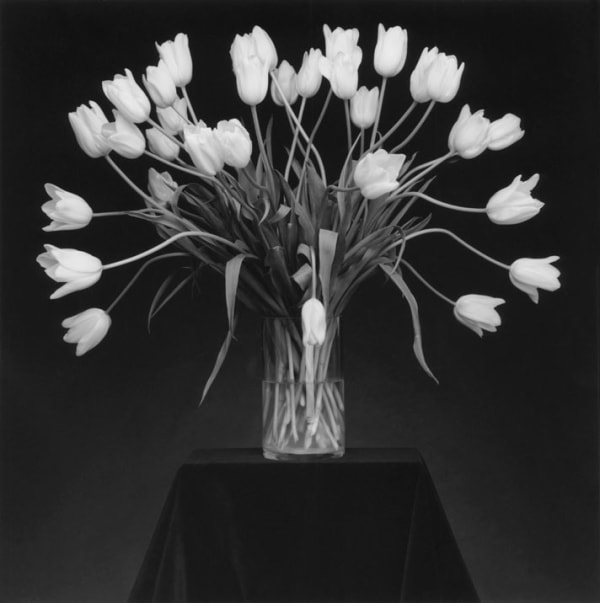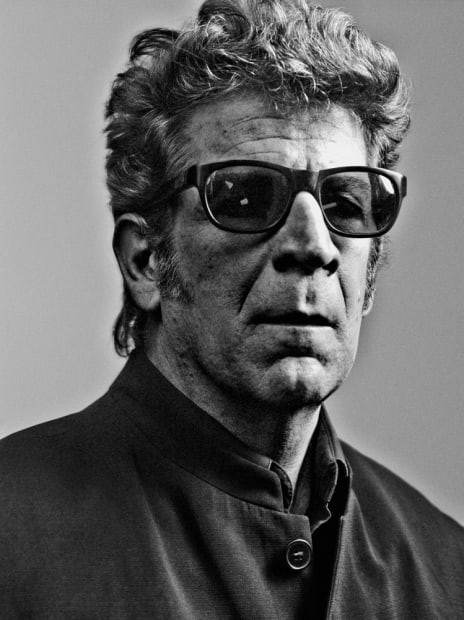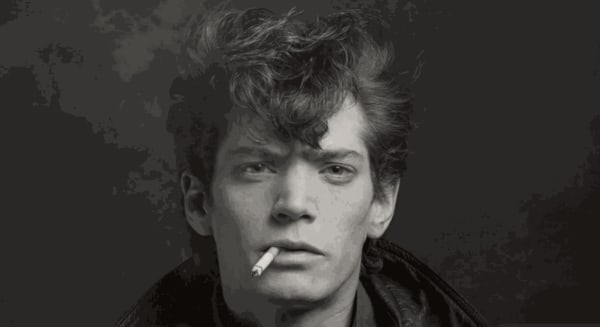-
Overview
"Photography seemed like the perfect vehicle for commenting on the madness of today's existence."
Robert Mapplethorpe (November 4, 1946 – March 9, 1989) was an American photographer renowned for his bold and controversial exploration of beauty, sexuality, and identity. Born in Floral Park, New York, Mapplethorpe embarked on a journey that would challenge societal norms and redefine the boundaries of art.
Mapplethorpe's early passion for photography led him to the Pratt Institute in Brooklyn, where he studied graphic arts. Influenced by artists such as Marcel Duchamp and Andy Warhol, he delved into the burgeoning art scene of 1970s New York City, where he found inspiration in the underground subcultures of BDSM, queer identity, and celebrity culture.
His photographic oeuvre is characterized by its stark, black-and-white compositions, meticulously crafted to capture the essence of his subjects. Mapplethorpe's work often confronted viewers with provocative imagery, exploring themes of desire, power dynamics, and the human form with unflinching honesty.
Mapplethorpe's relationship with Andy Warhol was instrumental in shaping his artistic vision. Warhol's influence can be seen in Mapplethorpe's fascination with celebrity culture and his exploration of the intersection between art and commerce. The two artists collaborated on various projects and shared a mutual admiration for each other's work.
In addition to his portraits and explorations of subcultural themes, Mapplethorpe is also celebrated for his exquisite photographs of flowers. These images, characterized by their delicate beauty and precise composition, offer a stark contrast to his more provocative works, showcasing his versatility as an artist.
Throughout his career, Mapplethorpe courted controversy with his exploration of taboo subjects, particularly in his series depicting homoeroticism and BDSM. His uncompromising vision challenged societal norms and sparked debates about the intersection of art, morality, and censorship.
One of Mapplethorpe's most enduring relationships was with the poet and musician Patti Smith, with whom he shared an intense creative bond. Smith served as both muse and collaborator, inspiring some of Mapplethorpe's most iconic portraits and providing a glimpse into the intimate world of their artistic partnership.
Despite the controversies surrounding his work, Mapplethorpe's technical mastery and artistic vision earned him critical acclaim and recognition. His photographs continue to captivate audiences with their exquisite composition, meticulous attention to detail, and ability to evoke a wide range of emotions.
Mapplethorpe's legacy extends far beyond his artistry; he was a trailblazer who paved the way for future generations of artists to push the boundaries of expression. His impact on the art world continues to reverberate, inspiring ongoing conversations about the nature of beauty, identity, and the power of art to provoke and challenge.
In recent years, Mapplethorpe's auction records have soared, with several of his iconic works fetching high prices in the art market. His influence remains palpable, cementing his place as one of the most significant and controversial figures in contemporary photography.
Although Mapplethorpe's life was tragically cut short by complications from AIDS in 1989, his influence endures, leaving an indelible mark on the world of art and culture.
-
Select Works By Robert Mapplethorpe
-

-
Series

Robert Mapplethorpe
Iris, 1982Silver gelatin printPaper size: 19 x 16 Inches
Image size: 15 x 15 InchesEdition of 10Series: FlowersCopyright The ArtistRobert Mapplethorpe, renowned for his controversial and boundary-pushing photography, also explored the serene and delicate world of flowers through his lens. While he may be more widely recognized for his...Robert Mapplethorpe, renowned for his controversial and boundary-pushing photography, also explored the serene and delicate world of flowers through his lens. While he may be more widely recognized for his provocative portraits and explicit imagery, his botanical works are equally striking and reveal another facet of his artistic vision.
Mapplethorpe's approach to photographing flowers was characterized by meticulous attention to detail and composition. He utilized controlled lighting and precise framing to capture the essence of each bloom, showcasing their intricate forms, textures, and colors with remarkable clarity.
In his flower photographs, Mapplethorpe often employed a stark black-and-white aesthetic, stripping away distractions and focusing the viewer's attention solely on the floral subject. This minimalist approach imbued his images with a sense of timeless elegance and purity, transcending the ephemeral nature of the flowers themselves.
Despite the absence of color, Mapplethorpe's flower photographs exude a sense of vibrancy and vitality. Each petal, stem, and leaf is rendered with such precision and depth that the viewer can almost feel the softness of the petals or the delicate weight of a drooping blossom.
Moreover, Mapplethorpe's flower photographs evoke a sense of sensuality and eroticism, characteristic of much of his work. Through his lens, even the most innocent and unassuming blooms take on a provocative allure, inviting viewers to contemplate the inherent beauty and erotic potential of nature itself.
Beyond their aesthetic appeal, Mapplethorpe's flower photographs also serve as a testament to his mastery of the medium. By elevating the ordinary into the realm of the extraordinary, he challenges viewers to see the world around them with fresh eyes and appreciate the inherent beauty that surrounds us, even in the most unexpected places.
News-

Robert Mapplethorpe: A Visionary of Intimacy, Beauty, and Provocation
July 28, 2025Robert Mapplethorpe remains one of the most influential photographers of the 20th century, whose work transcends conventional boundaries of portraiture, still life, and eroticism. With...Read more -

The Enduring Legacy of Robert Mapplethorpe
Capturing Controversy and Beauty March 5, 2024Robert Mapplethorpe , the controversial photographer whose work continues to stir both admiration and debate, left a profound mark on the art world. Born on...Read more












